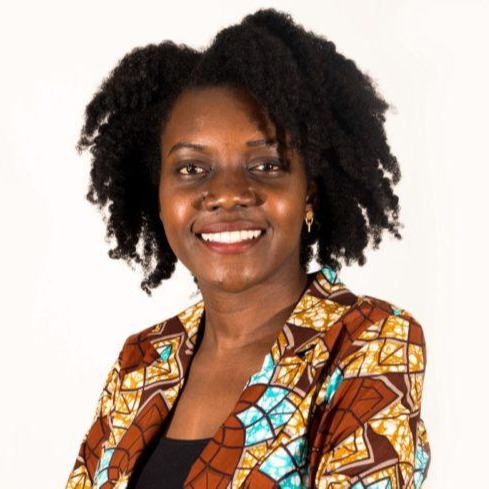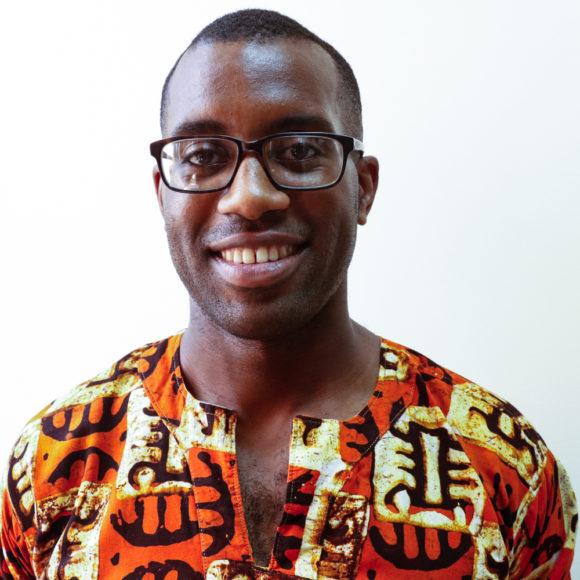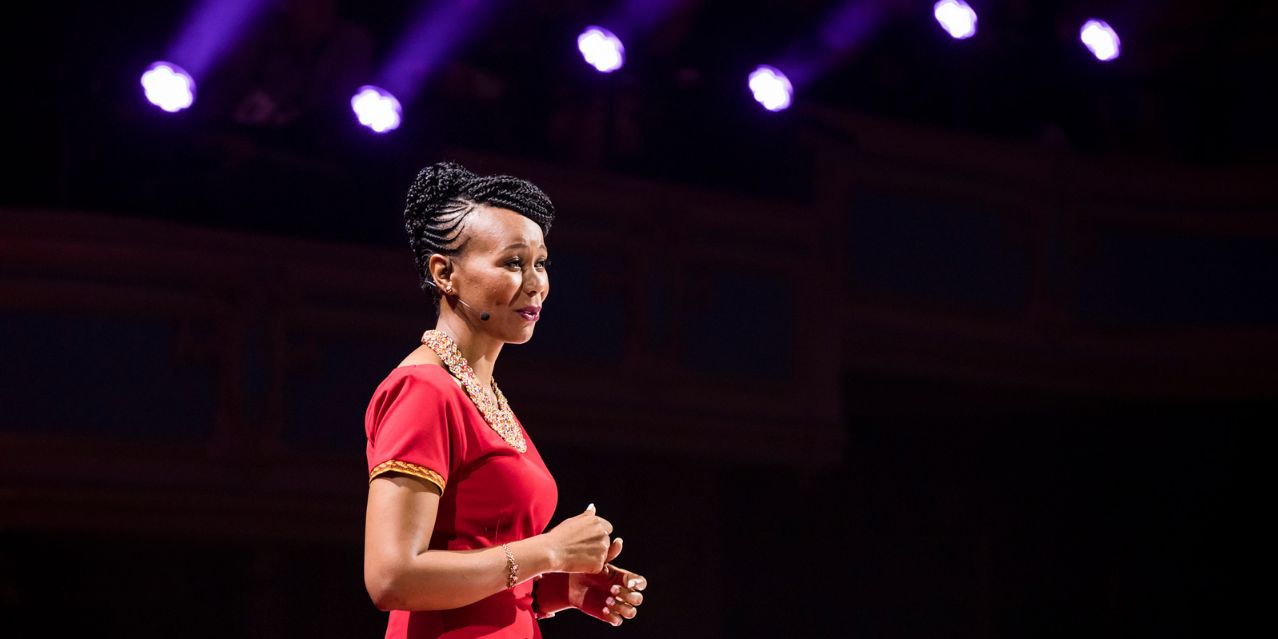Leadership
Overcome the fear of public speaking with TED’s Chris Anderson
Learn to craft a powerful presentation and become a better public speaker with advice from the Curator of TED and Acumen Academy’s TED Speakers.
22 minutes
Here, we’ll break down Anderson’s most valuable tips for structuring your talk and share advice from Acumen Academy’s accomplished TED speakers on how they overcame any fears of public speaking.
“Courage is not the absence of fear. Courage is the ability to look fear in the face and continue to walk forward....Only by nurturing our courage will we prevent our fears from making and then keeping us small.”
This guide will help you stop your fears from keeping your message small. You’ll learn how to overcome the fear of public speaking in order to:
- Craft a powerful presentation;
- Become a better public speaker; and
- Pitch to funders with confidence
Close
Craft a powerful presentation
Once you’ve mustered the courage to get started, how will you craft a presentation that sparks the interest of your audience? How will your ideas come together to create value and evoke change?
It starts by defining what you’re passionate about and communicating that passion with an authentic voice.
What really matters is that you, the authentic you, speaks. That there’s no artifice in this. That it’s you, taking something you’re passionate about, finding the right tools and using them to communicate that idea as powerfully as possible.
Chris Anderson
Curator of TED
Let authenticity take the stage

Pakistan Fellow
Saad Hamid
Saad Hamid is a technology entrepreneur and digital ecosystem builder. He is currently serving as CEO of SkillsFirst through which he aims to empower 10 million young people in Pakistan through digital skills. Saad with TED, WEF, IDEO, UNICEF, UNDP, Upwork, World Bank, UKAid, Telenor and Mobilink on various projects and initiatives related to community...

East Africa Fellow
Noeline Kirabo
Noeline is a family therapist by training and a social entrepreneur by design. She is the Founder and Executive Director of Kyusa, a nonprofit that addresses youth unemployment in Uganda’s slums by empowering school dropouts to turn their passions into sustainable careers. Noeline is also the Director of the New Generation Mentoring Program, an intensive...

East Africa Fellow
Doreen Kessy
Doreen is Chief Operations Officer at Ubongo Learning, a social enterprise that creates edutainment content for primary school aged learners in Africa. Based in Tanzania, she leads the distribution of Ubongo’s content and finds innovative ways to continually deliver fun learning to more than 6.4 million families in East Africa. As an education...
Find your central throughline
Close
Five compelling ways to structure any talk
1. Connection
2. Narration
3. Explanation
4. Persuasion

West Africa Fellow
Kelvin Hughes
Kelvin is CEO of Clean Team Ghana (CTG). CTG is a social business delivering household sanitation services to low income homes to save households money. Prior to CTG, Kelvin ran Future First Global, a charity leveraging alumni for systems change in global education. Kelvin has also worked at Unilever, developing social businesses for low income ...
5. Revelation
Drive your message with a powerful start and ending
Tips for a powerful start
- Drama: If your talk were a movie or a drama, how would it open? What is the most compelling or dramatic part of your idea?
- Ignite Curiosity: What surprising question could you ask about your topic? How could you frame your topic in a surprising way?
- Show a compelling slide, video, or object: Are there any glorious, impactful or intriguing pictures or videos to illustrate your idea? “The image you’re about to see changed my life….”
- Tease, but don’t give it away: What kind of language will seduce the audience into wanting to come along for the ride? How could you signal where your talk is going without giving it all away?
Ideas for a memorable ending
- Big Picture Endings: After explaining your idea, how can you pull back and show the audience the broader context or set of possibilities? Or, how can you turn what you’ve discussed into an inspiring or hopeful vision of what might be?
- Active Ending: Invite your audience to act on your powerful idea and give them a specific way to do so. Making your own personal commitment to take a meaningful action in front of your audience can also encourage them to act upon your idea.
- Satisfying Endings: Use narrative symmetry to loop back to something you discussed at the beginning to give your talk a pleasing conclusion. Or, neatly reframe or summarize the case you’ve been making.
Become a better public speaker
To become a better public speaker you must gradually replace fear with excitement. This requires practice, discipline, and endurance. But what awaits on the other side is an opportunity to share your vision and grow your impact.
Close
We’re talking about really powerful skills that involve human to human connection through the way that we look at people, and through body language, and tone of voice and so forth.
Chris Anderson
Curator at TED
Look yourself in the mirror
Write it out
Plan your talk. Then cut it by half. Once you’ve grieved the loss of half your talk, cut it by another 50 percent. It’s seductive to think about how much you can fit into 18 minutes. The better question for me is, ‘What can you unpack in a meaningful way in 18 minutes?'
Brené Brown
Quoted in TED Talks by Chris Anderson
Build a culture of practice
After I had done the writing, I kind of felt like I knew it. Then towards the end the pressure began to mount up. So if I was to do anything differently I would have put more hours of practice right from the start.
Noeline Kirabo, Acumen East Africa Fellow
Founder and Executive Director at Kyusa
Embrace the fear of public speaking
Pitch to funders with confidence
Mastering public speaking and effective communication skills can help you meet your fundraising goals. Once you’ve practiced and overcome the fear of public speaking, you can use your new skills to impress potential funders with your story and secure funding to scale.
Acumen Academy’s free Nonprofit Fundraising Essentials Course dives into the strategic approaches nonprofits can adopt to communicate and fundraise more effectively.
Regardless of your organization’s legal structure, for now here are a few suggestions to get you to deploy your new confidence speaking in the world of fundraising.
Be an effective storyteller

India Fellow
Yogesh Kumar
Yogesh is CEO and Founder of Even Cargo, a social enterprise that trains women from resource-poor communities for employment opportunities with major e-commerce companies. Even Cargo increases the participation of women in the labor market by overcoming barriers of unemployment through skill development. Yogesh is an engineering graduate with three...
Be authentic with your language
Overcome fear and grow your impact
The power to grow your impact is greater than the fear that’s holding you back from public speaking. If you adopt the right tools and change your mindset, you can use your new communication skills to grow your network and opportunities.
Close
Change happens when a group of people come to share the same vision so that they can act together.
Chris Anderson
Curator of TED
Discover more
Sign up to our newsletter
I have read and accept the Terms & Privacy


